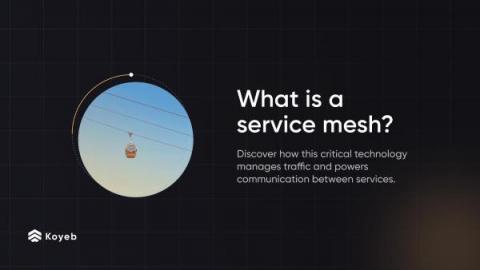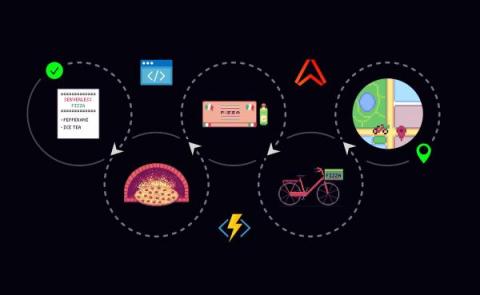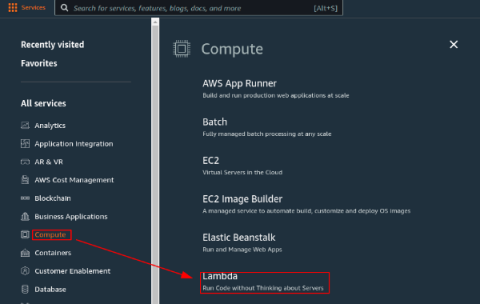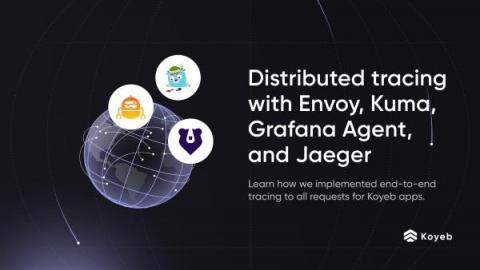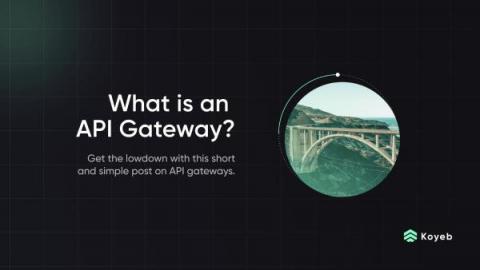AWS Lambdas with TypeScript: Improve the Dev Experience
In part one of this series, we successfully built a TypeScript Lambda on the AWS cloud. But we left a lot of room for improvement in terms of the developer experience. For starters, the Lambda didn’t run on a local machine, which is cumbersome. The code we wrote is also not testable, which makes refactoring hard or, at least, dangerous. In this take, let’s focus on improving the developer experience. The goal is to make the code more robust and easier to work with. Ready?



